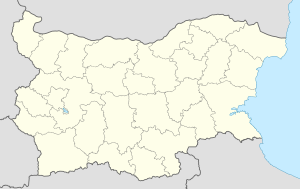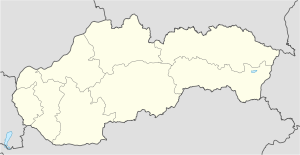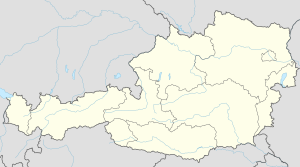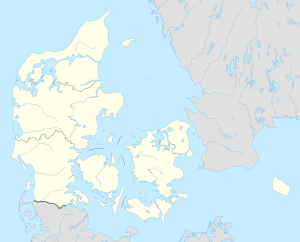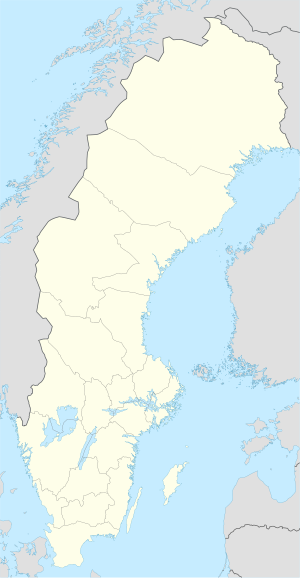Tokyo plans
The distance from Olympia to Berlin made it possible to hold a relay on foot in a reasonable amount of time, but the distance to Tokyo gave the IOC cause for concern. They discussed the viability of such an undertaking on numerous occasions and eventually decided that they should try to replicate the success of the inaugural torch relay using "[s]teamers, automobiles, and airplanes". A report into the progress made on the planning of the Games stated that there would be a significant benefit "in diffusing the Olympic spirit in the districts where the knowledge of the Olympic movement is as yet very scanty". [2]
The organisation team behind the 1936 relay made recommendations to the Japanese Olympic Committee about how it could be completed. Their suggestions would see the torch carried for 10,000 km by runners and horse riders, travelling along the Silk Road across Central Asia. A significant portion of the relay would therefore take place across China, an idea not favoured by the Japanese. [1] Another proposal, coming from Germany, was to pioneer the idea of air delivery of the Torch, in the purpose-built Messerschmitt Me 261 Adolfine long-range aircraft, which was designed to have a maximum range of some 11,024 km (6,850 mi) unrefueled. [3]
Several suggestions were made by the Japanese Olympic Committee about how the flame could be taken from Olympia to Tokyo. One proposal was for the torch to be carried on board a Japanese warship, but a later idea was for it to be taken by the Kamikaze , a Mitsubishi Ki-15 plane, across southern Asia. When the flame arrived in Japan it would be carried from Mount Hyūga in Kyushu to Tokyo via the Ise Shrine. [1]
A relay from Olympia to Tokyo eventually took place when the city hosted the 1964 Summer Olympics. [1]
This page is based on this
Wikipedia article Text is available under the
CC BY-SA 4.0 license; additional terms may apply.
Images, videos and audio are available under their respective licenses.

